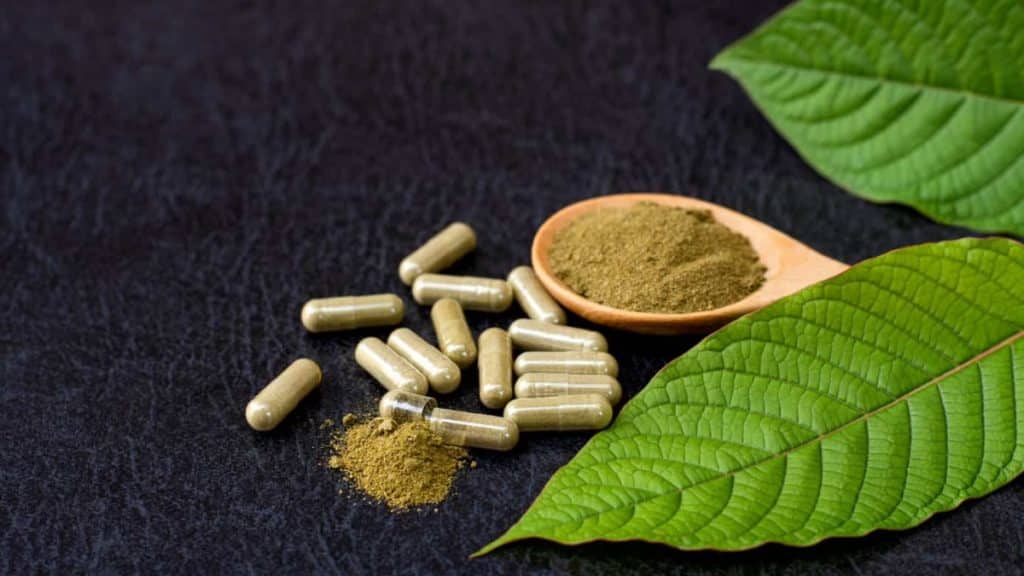In today’s fast-paced society, stress has become a ubiquitous concern, affecting our physical and mental well-being. As traditional stress management techniques fall short for many, the natural remedy kratom emerges as a promising alternative. Originating from Southeast Asia, kratom is celebrated for its potential to alleviate stress through its active compounds, such as mitragynine, which may enhance mood and induce calmness.
This post explores kratom’s benefits and practical considerations, offering insight into its use as a natural approach to stress relief. By examining kratom’s therapeutic properties and how it fits into a holistic stress management strategy, we aim to provide a balanced perspective on its role in fostering well-being amidst the challenges of modern life.
What is Kratom?
Kratom, a natural remedy from Southeast Asia, comes from the Mitragyna speciosa tree. Traditionally used for its medicinal benefits, kratom’s leaves are rich in mitragynine and 7-hydroxy mitragynine. These compounds engage with the brain’s opioid receptors to provide pain alleviation, mood upliftment, and stress reduction. Historically embraced by locals for its therapeutic effects, kratom has garnered attention for its potential in natural health and wellness, particularly in managing pain, enhancing mood, and serving as a natural stress reliever in today’s fast-paced world.
How Kratom Works for Stress Relief
Kratom’s primary active ingredient, mitragynine, targets the brain’s opioid receptors, which are crucial for mood control. This binding process offers more than pain relief—it fosters a state of tranquility and improved well-being, positioning kratom as a valuable aid in combating stress. Its effectiveness in elevating mood and promoting relaxation highlights kratom’s attractiveness as a natural option for stress management. This dual action of mitigating discomfort while enhancing emotional state underlines the potential of kratom to contribute to overall mental health and stress reduction strategies.
Different Strains of Kratom and Their Effects
Kratom comes in various strains, each offering distinct effects:
- Red Vein Kratom: Known for its calming effects, it’s ideal for relaxation and stress relief.
- White Vein Kratom: Offers a boost in energy and mood, suitable for those dealing with stress-induced lethargy.
- Green Vein Kratom: Strikes a balance between the two, providing mild energy and relaxation.
Choosing the right strain depends on the individual’s specific needs and desired outcomes for stress management.
The Diversity of Kratom Forms
Kratom’s adaptability shines through the varied forms it can take, each presenting a distinct experience and advantages.
Chewing the leaves or brewing them into tea represents a traditional and direct method of enjoying kratom, connecting users to its natural origins.
The powder form of kratom stands out for its flexibility, as it can be easily mixed into smoothies, other beverages, or even unique kratom drink mixes, facilitating effortless intake.
For individuals prioritizing convenience and precision in dosage, capsules emerge as the perfect choice. However, they might introduce a slight delay in the manifestation of effects when compared to consuming kratom in powder form or as tea.
Lastly, kratom is also available in extracts and tinctures, offering concentrated versions that promise more intense effects. These potent forms are generally recommended for those with a deeper familiarity with kratom, looking for a more powerful impact.
This diversity allows individuals to tailor their kratom use to their lifestyle and preferences, enhancing its appeal as a stress management tool.
Kratom Usage for Stress Management
When using kratom for stress, starting with a low dose is crucial, especially for new users, to gauge the body’s reaction. It’s important to note the onset of effects and their duration can vary based on the form and dosage, guiding users to a regimen that best suits their stress relief needs.
Comparing Kratom with Other Natural Stress Relievers
Kratom offers a unique profile compared to other natural stress relievers like CBD or herbal teas. While CBD provides relaxation without psychoactive effects, and herbal teas offer gentle stress relief, kratom’s mood-enhancing and energizing effects cater to a broader spectrum of stress-related issues. However, choosing between these remedies should consider personal health, preferences, and the specific stressors one faces.
Legal Status and Availability of Kratom
The legal status of kratom varies globally, with it being entirely legal, regulated, or banned in different regions. Accessibility also varies, with quality kratom available online or at specialized stores. Ensuring the kratom purchased is lab-tested for purity and potency is paramount, given the unregulated nature of the market.
Potential Risks and Considerations
While kratom offers promising benefits for stress relief, it’s not without risks. Potential side effects include nausea, dizziness, and dependency with prolonged use. Moderation is key, and individuals with pre-existing health conditions or those on medication should exercise caution and consult healthcare professionals before incorporating kratom into their stress management regimen.
Conclusion
Kratom offers an intriguing natural solution for alleviating stress, boasting a variety of strains, each suited to different preferences and requirements. Nonetheless, its consumption demands a prudent approach, weighing its advantages against possible risks. Ongoing research gradually clarifies kratom’s efficacy and safety as a stress relief aid, providing a glimmer of hope for individuals searching for relief from stress’s tenacious hold.
As our understanding deepens, kratom’s role in the arsenal of natural health remedies for managing stress becomes increasingly significant, potentially transforming it into a key resource for those desiring a peaceful escape from life’s pressures.
